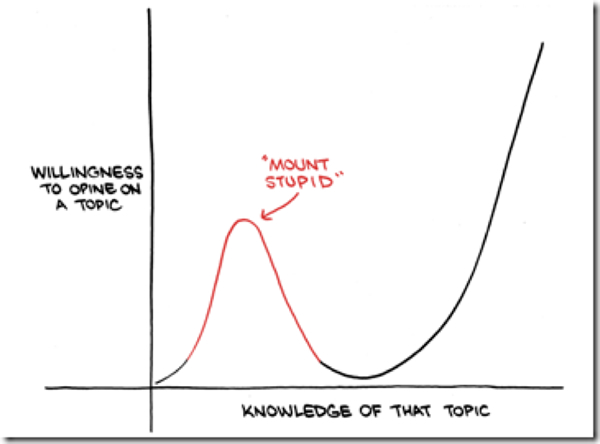1. Buying a weak stock is like betting on a slow horse. It is retarded. |
Archives of “February 15, 2019” day
rssIf you were Long This Week

Different types of traders.
Gems of Jesse Livermore
 The desire for constant action irrespective of underlying conditions is responsible for many losses in Wall Street even among the professionals, who feel that they must take home some money every day, as though they were working for regular wages.
The desire for constant action irrespective of underlying conditions is responsible for many losses in Wall Street even among the professionals, who feel that they must take home some money every day, as though they were working for regular wages.
I don’t know whether I make myself plain, but I never lose my temper over the stock market. I never argue with the tape. Getting sore at the market doesn’t get you anywhere.
Your best days are not behind you

ULTIMATE REVENGE: one day after man's divorce, he wins lottery.
 A BRITISH bus driver netted more than £2 million ($3.3 million) on the lottery a day after his divorce came through, The Sun reports.
A BRITISH bus driver netted more than £2 million ($3.3 million) on the lottery a day after his divorce came through, The Sun reports.
Kevin Halstead, 50, went out for a drink with friends after his decree absolute arrived in the post last Friday.
He bought a lottery ticket the next day – and was gobsmacked when his lucky numbers came up later that evening, The Sun reports.
Kevin could have been forced to hand half the £2,302,668 to ex-wife Helen if the divorce had taken just a few days longer. (more…)
Thought For A Day
The Disposition to Sell Winners too Early and Ride Losers too Long
Mount Stupid

John F. Ehlers :Cycle Analytics for Traders (Book Review )
 John F. Ehlers is probably best known for his MESA (maximum entropy spectral analysis) technical indicators, developed over thirty years ago. He has continued his research in this field and brings traders up to date with his latest book, Cycle Analytics for Traders: Advanced Technical Trading Concepts (Wiley, 2013).
John F. Ehlers is probably best known for his MESA (maximum entropy spectral analysis) technical indicators, developed over thirty years ago. He has continued his research in this field and brings traders up to date with his latest book, Cycle Analytics for Traders: Advanced Technical Trading Concepts (Wiley, 2013).
Two types of traders should read this book: those who want to know why things work and those who are looking for new and improved indicators. Since I belong to the former category, I’ll quickly dispense with what probably interests most technical traders—indicators. The book comes with a PIN code to access and copy the EasyLanguage computer code found in the book, some of which is quite lengthy and would be exceedingly tedious to retype. Among the indicators whose code is provided are the decycler, decycler oscillator, band-pass filter, Hurst coefficient, roofing filter, modified (and adaptive) stochastic, modified (and adaptive) RSI, autocorrelation, autocorrelation periodogram, spectral estimate, even better sinewave indicator, convolution, and Hilbert transformer. There is code to compute the dominant cycle using the dual differentiator method, the phase accumulation method, and the homodyne method. There are also indicators for SwamiCharts. (If you don’t know what SwamiCharts are, a quick Google search will fill you in.)
As for the why. Ehlers is careful to explain the principles and the math behind these indicators. But he does more. He reflects on the very nature of the markets themselves. I was particularly struck by his thoughts on the drunkard’s walk hypothesis.


